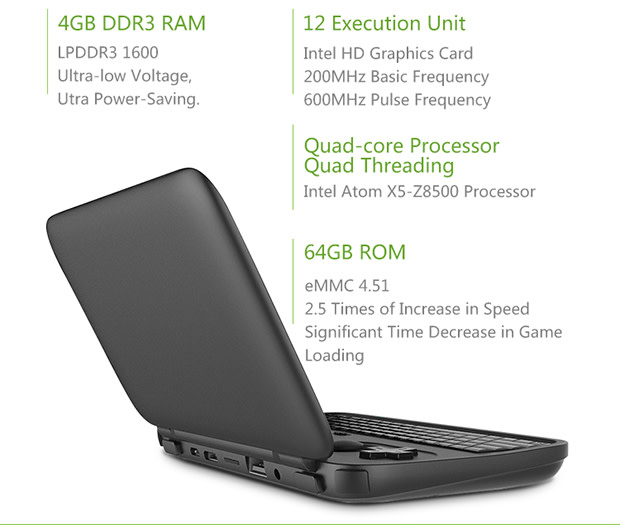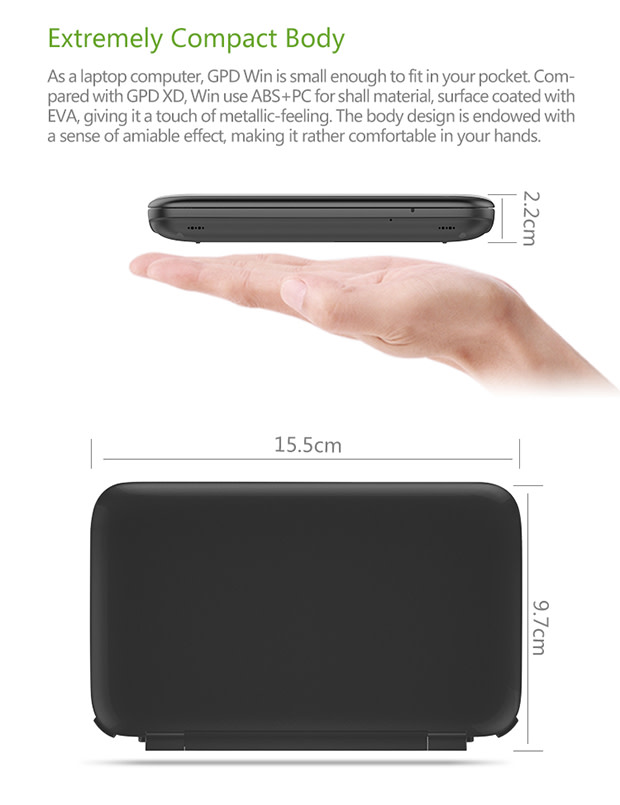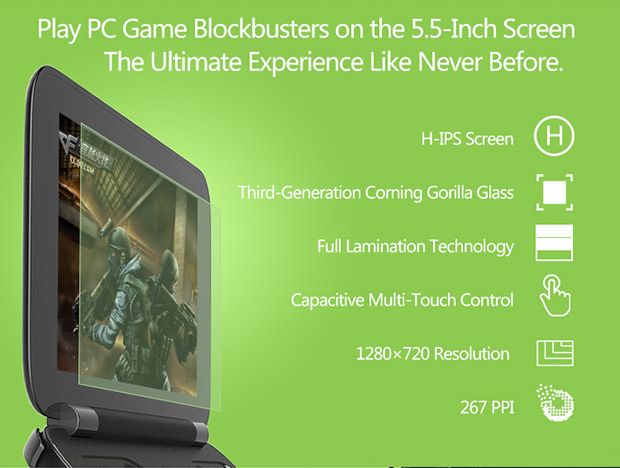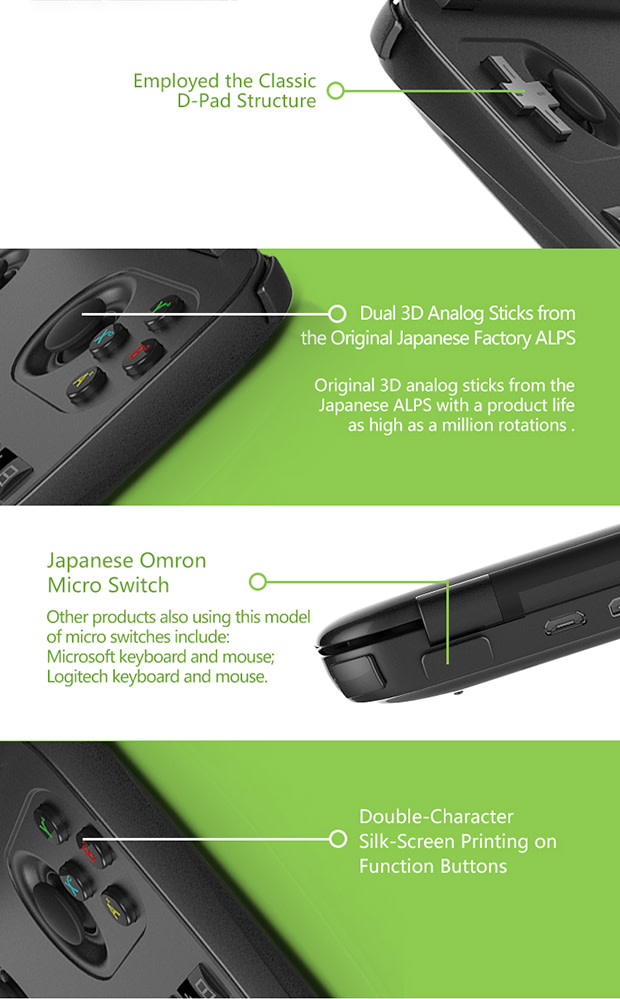Silent_Buddha
Legend
It's not OS X, it's OpenGL.
That's part of the issue. But again. Even when OpenGL is used, performance on OSX in games is generally significantly behind performance on a similar hardware configuration with Windows using OGL.
If Apple didn't care about higher performance graphics it wouldn't have bothered bringing Metal to OS X. That's a serious undertaking and means continued ongoing collaboration with both AMD and Nvidia.
It has potential, but I'm not putting too much into that until we see some high profile games using it. And I'm not entirely sure that's going to happen. Blizzard are still committed to releasing on OSX, but they seem to be starting to lose interest. Whether due to lack of sales or difficulty of porting.
Valve are more interested in OSX as a cross platform target in addition to Linux, so they are unlikely to use Metal. Vulcan will have potential here, but we'll have to see how that plays out. Of course, that all depends on whether Apple will support it or not. And current indications are that they either won't be supporting it or aren't in a hurry to support it.
You don't need Apple to do anything to add a graphics API to BSD. Kernel extensions can play nice sharing hardware resources which is how OpenGL and Metal co-exist and DirectX and OpenGL co-exist on Windows. Games are already used to having to share GPU resources with the host OS. But having native DirectX APIs available isn't magically going to make a Windows .exe binary compatible with OSX and Linux because they're different operating systems.
That's why I said in addition to an Xbox Live environment and store, a virtualised Windows environment that's running DirectX natively inside the virtualised environment in which games run but which uses the host OS for higher level functions This is what tuned Wine wrappers do now but Microsoft could do this without the inefficient DirectX API translation/emulation. Modern virtualisation technologies mean you can pick and chose what to do natively and what you virtualise. Parallels and VM Fusion both use selective virtualisation and environment abstraction so you can run Windows apps in OSX and they look and act like OSX apps, and vise-versa OSX apps in Windows.
Microsoft are unique in that they alone can deploy a solution where performance critical code - Direct3D - does not need to be translated to the host's graphics API (or emulated) but can be run natively in a virtualised Windows environment. Microsoft have be working on a range of virtualisation technologies for years and they are very, very good at it. They own the codebase for the key code that games need to be as fast as possible and that it's the least desirable element to have to emulate or translate.
The problem there is that Microsoft would still be reliant on Apple to provide performant drivers etc. for the virtual OS and/or Microsoft provide them for hardware that doesn't have a Windows driver.
It also abstracts things farther away. Without as much control performance will suffer. And relying on Apple? When they have shown they can and will change things on a dime meaning it's up to the developer to adjust to the changes or have their app/program no longer work? It'd be a massive investment for Microsoft, with IMO, very little in the way of ROI other than perhaps mindshare.
Microsoft are unlikely to feel the investment is worth it. iOS and Android are worth it due to the huge install bases. OSX makes sense for high margin products (like Office), but lacks the install base to make Microsoft want to invest significant money into low margin products. Even though a hypothetical Xbox Store on OSX would isolate them somewhat from the high risk associated with releasing a game on the platform, I just don't see the ROI being there to prompt investment into it.
Perhaps it'll become a viable option if the Windows/Xbox store takes off in spectacular fashion and becomes hugely profitable and greatly desired by users thus making a foray into OSX potentially profitable. In other words, if it becomes a serious competitor to Steam, then maybe, but even then? Doubtful.
Regards,
SB
Last edited:




